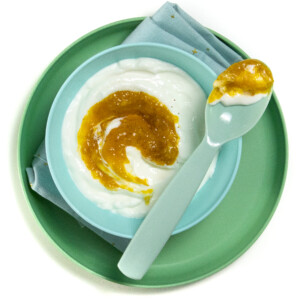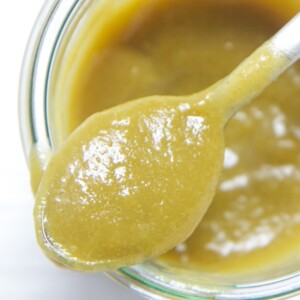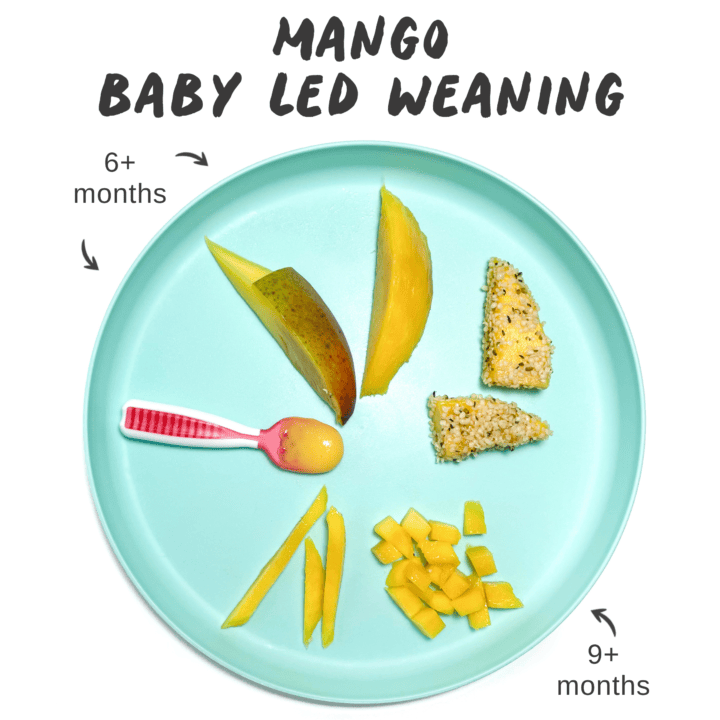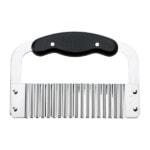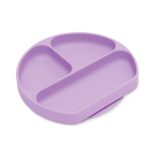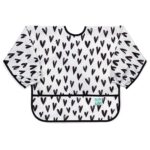Mango for Baby-Led Weaning
Mangoes are rich in vitamins A, C and dietary fiber, as well as powerful antioxidants that help boost immune function, which makes them a great fruit for developing babies and toddlers. Additionally, mangoes are easy to digest and have a sweet taste that most kids love. Great for Baby-Led Weaning for 6+ months!
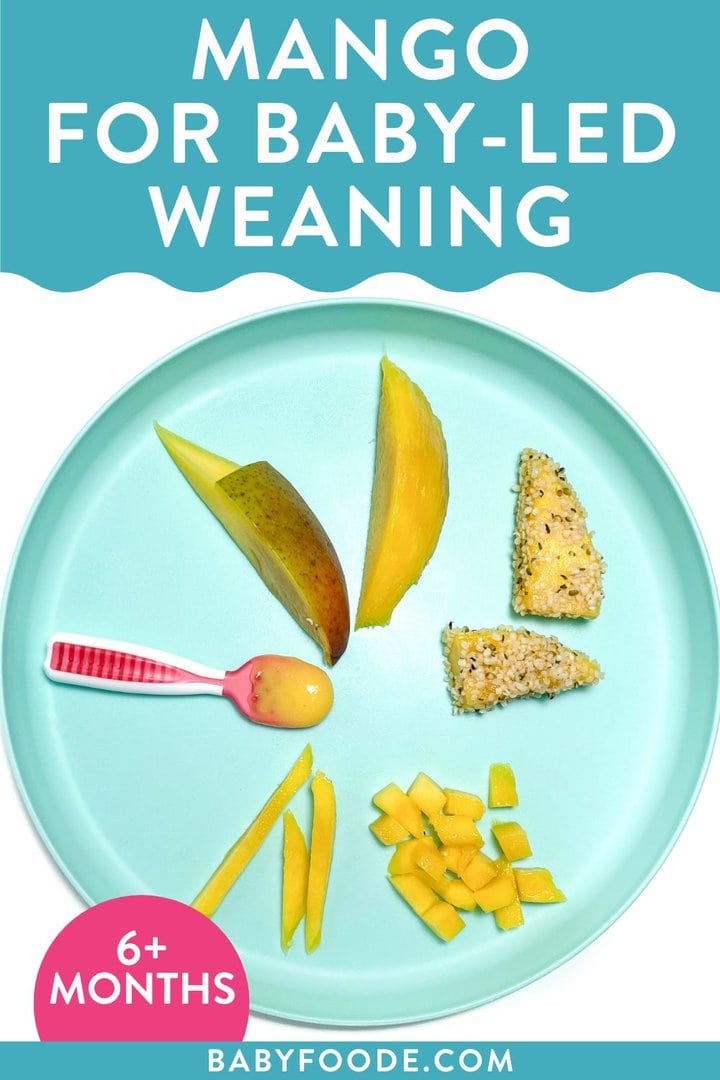
Medically reviewed and cowritten by Jamie Johnson, Registered Dietitian Nutritionist (RDN), and Lauren Braaten, Pediatric Occupational Therapist (OT).
Mango for BLW
Mangoes are such a fun fruit to introduce to your baby because of their bright color and sweet taste. They can be eaten plain, added to smoothies or as toppings for yogurt or oatmeal. Plus, this beautifully colored fruit offers numerous health benefits.
However, you might be wondering if your little one is ready to eat mangoes? How do you serve mangoes for baby-led weaning? And are mangoes a choking hazard?
In this guide, we’ll cover all the information you need in order to serve mango for baby-led weaning. Learn about the benefits of mango for your baby, FAQs, helpful tools, and expert feeding tips.
First time making homemade baby food? Then, I would suggest that you start by reading my very in-depth Complete Guide to Baby-Led Weaning – which covers what exactly is baby-led weaning, to every parent’s concern of baby-led weaning and choking, this guide goes over it all. I will also share how to know when baby is ready for BLW, the top 10 best first foods, a helpful sample blw feeding schedule, helpful tools to have on hand, and much much more!
You can also check out my best-selling cookbook for even more information and recipes!
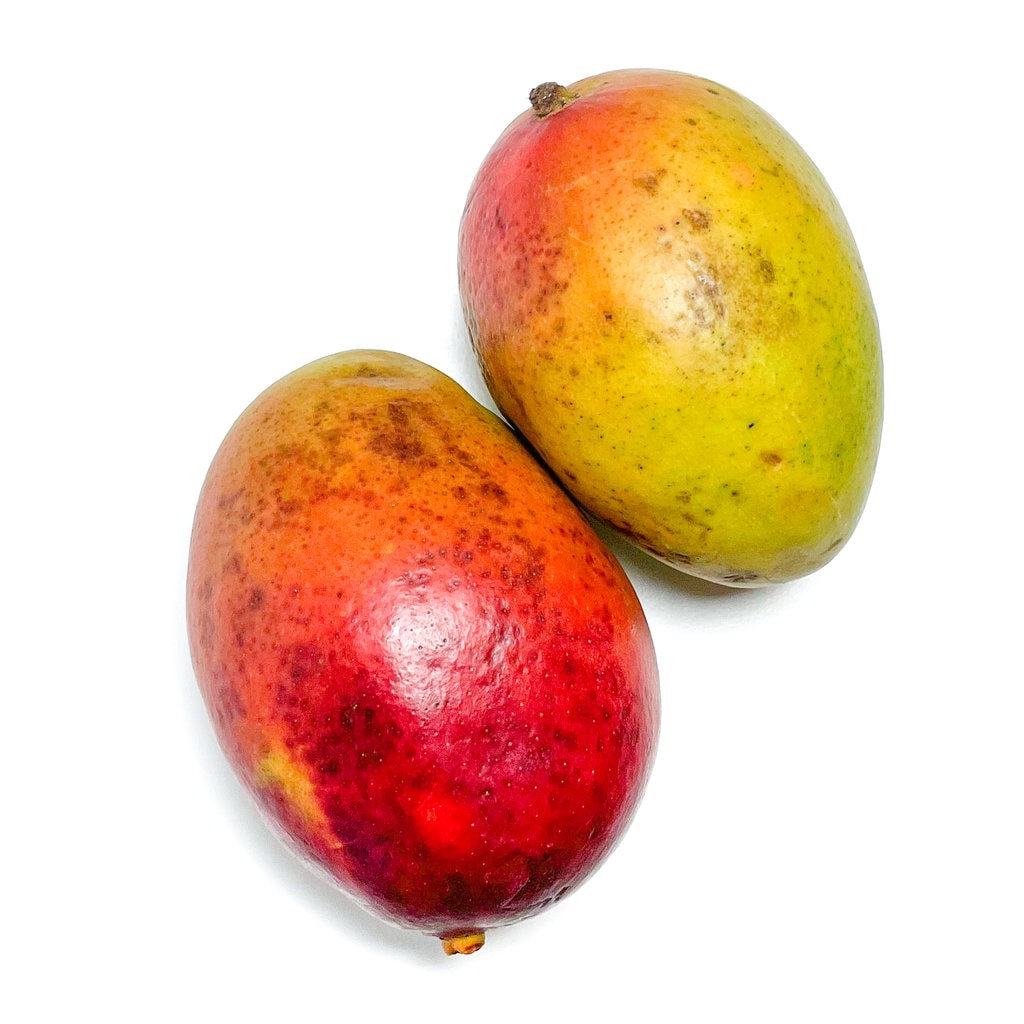
Reasons to Love Mangos for Baby-Led Weaning
- Great for baby-led weaning – 6+ months
- Also great for the finger food stage – 9+ months
- Full of essential nutrients for baby
- Different ways for baby to eat – spoon-fed or self-feed
- Easy to make – minimal prep work required
Health Benefits of Mango
Mangoes aren’t just bursting with flavor, they are full of nutrition, too.
- Mangoes are full of fiber for healthy digestion and gut health.
- They are a great source of vitamin C for immune support and aiding in iron absorption.
- A good source of vitamin A for healthy eyesight.
- Full of multiple other vitamins and minerals like folate, copper, and vitamin E.
Types of Mango
There are hundreds of varieties of mangos – as many varieties as apples or plums! The most common variety sold in the United States is the Tommy Atkins, a large, reddish-orange fruit that’s tart with sweet notes of flavor.
Spices to Add
You can serve mango plain initially, but adding spices as your baby or toddler gets used to the flavor is a great way to keep expanding their palates. Warm spices such as cinnamon, clove, cardamon, or nutmeg pair especially well with mangoes.
Frequently Asked Questions
They certainly can be – it’s up to you! Mango can be given to your baby as soon as they start eating solid foods at around six months.
No, mangoes are not a common allergen, however, as with any food, start with a small portion and be aware of any signs that might be an allergic reaction after introducing it.
Yes, mangoes can be a choking hazard, especially when served in cubes. Make sure to serve ripe mangoes, which will be soft, in thin slices or the mango pit.
You don’t need to cook mango to serve to babies, although if you want, you can gently steam the mangoes to help them break down a little.
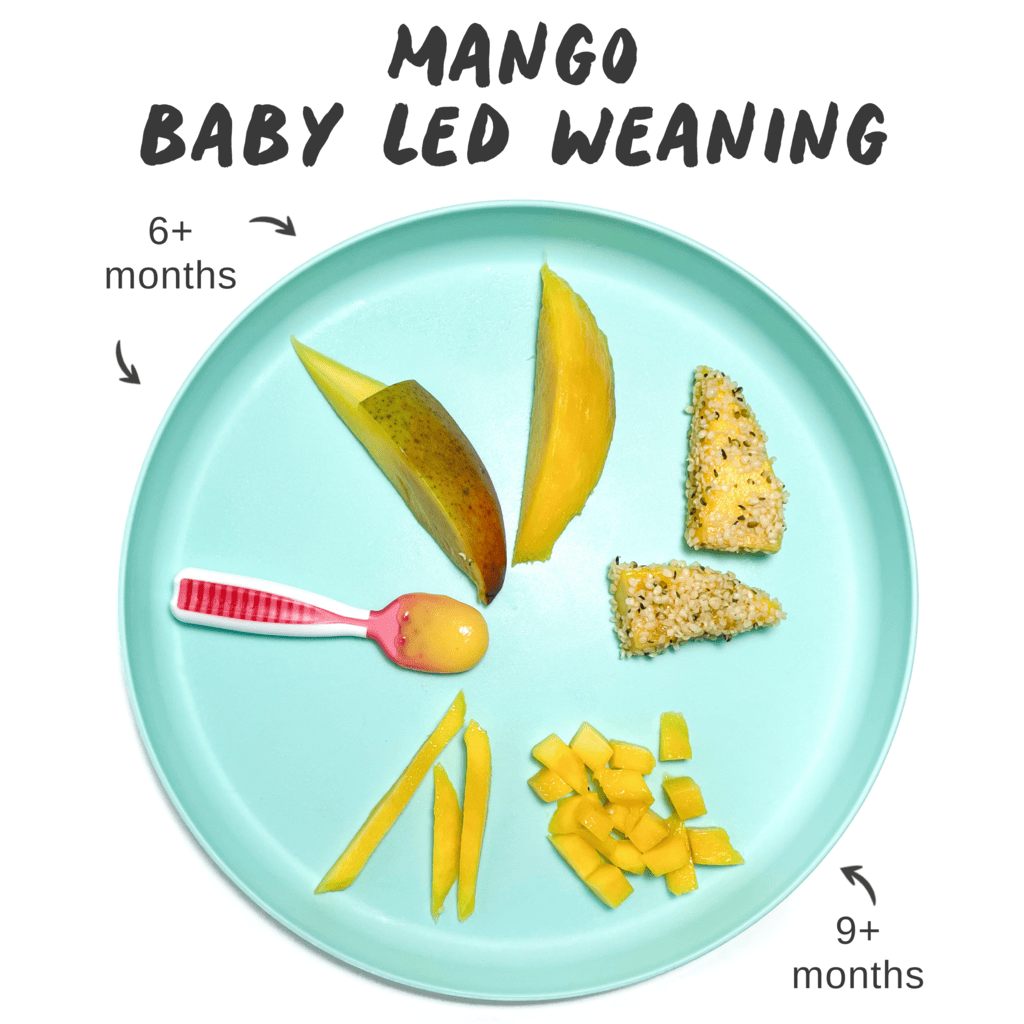
How to Prepare Mangos for Baby-Led Weaning
Mangos are firm and slippery, so make sure to offer soft, ripe mango, served as a whole mango pit or sliced into long spears, about the thickness of an adult finger. Serving mangoes this way will help decrease the risk of choking on this fruit for beginning eaters.
How to Serve Mango for Baby-Led Weaning
Mangoes can be a choking hazard for your baby, regardless of whether or not you are doing baby-led weaning or introducing soft pieces of food during the finger foods stage at 9 months. It’s important to cut and serve them properly.
Thick spears or whole mango pit, peeled and with most of the flesh removed, or as a puree (6-9 months): These options will be easier for baby to grab and less of a choking hazard than chopped or cubed mango. Roll them in hemp seeds, chia seeds, or crushed coconut or puffs to help baby grasp them. Gnawing on the mango pit helps baby develop their oral motor skills and can feel good on teething gums. You can also serve your baby a mango puree on a self-feeding spoon.
Spears or chopped pieces (9+ months): As baby develops their pincer grasp, offer chopped mango pieces to help them practice refining this skill. You can also continue to offer mango spears or offer mango pre-loaded on a fork.
Mango Puree: You can offer purees and still allow your baby to lead the way with self-feeding by offering the puree on a self-feeding spoon, by placing a few spoonfuls of the puree directly on the tray or in a bowl for your baby to dip their fingers into, or you can even use the puree as a dip for solid foods such a banana or piece of toast.
Helpful Tools
Here are some products that help you make and serve pears to your baby even easier! To find even more products that I love, make sure to check out my online shop.
- Highchair
- Saucepans
- Steamer Insert with lid
- Easy to hold fork and spoon
- GOOtensils
- Bowl or Sectioned plate
- Open lid cup
- Bib with catch pocket
- Sleeved bib
- Splat mat to cover the floor
Baby-Led Weaning Feeding Tips
- It may seem counterintuitive, but offering younger babies a larger piece of mango, such as the whole mango pit or spears will actually reduce choking risks, as they are less likely to break off a larger piece that could be difficult to manage. Serving larger pieces is also easier for younger babies (6-9 months) to grasp while eating due to their emerging fine motor skills.
- Mangoes are often slippery, so try rolling in finely ground baby cereal, hemp seeds, ground flaxseeds, or finely shredded coconut to allow your baby or toddler more success with picking it up.
- You can try handing the mango spear in the air to baby (as opposed to setting it down on their plate or tray), as this can help them grasp it more easily.
- Pureed and mashed mangoes are also great for adding to yogurt, oatmeal, and other pureed fruits and veggies.
- Both conventional and organic mangos are great choices – since the skin is not eaten, this limits the amount of pesticide exposure.
FOODS TO PAIR WITH Mango
Mango can be paired with just about anything for a well-rounded meal. But since it lack protein, include a protein source to help with the fullness factor. And because mango are a great source of vitamin C, which helps with iron absorption, try serving it with a food high in iron to maximize the iron that baby gets.
- Proteins: chicken, beef, fish, shellfish, pork, turkey, yogurt, beans, tofu, quinoa, lentils, eggs
- Iron foods: chicken, beef, fish, shellfish, pork, turkey, beans, tofu, spinach, peas, chickpeas, quinoa, strawberries, enriched bread and pasta, whole wheat bread and pasta, oats, brown rice, whole grain bread, broccoli
Storage
You can store cut mangoes wrapped in a paper towel in an air-tight container in the fridge for 3-5 days. Mangoes will also freeze well for up to 6 months.
More Mango Recipes for Baby
Quick Mango Yogurt with Homemade Mango Puree
Baby’s First Spinach Smoothie
Fluffy Mango Pancakes (super easy!)
Mango + Kale Baby Food Puree with Ginger

Get the recipe: Mango for Baby-Led Weaning
Ingredients
- 1/2 ripe mango
- pinch cinnamon optional
Instructions
- Core and Peel the mango. Cut mango into age-appropriate sizes and serve to baby.
Notes
- Place a few spoonfuls of purees directly on the tray or in a bowl for your baby to dip fingers into. Model how to dip your fingers into the puree and bring them to your mouth, to taste some.
- Offer your baby a pre-loaded self-feeding utensil and hold it out for them to grasp or set on their tray.
- Use a solid food as a dipper. You can also offer a soft stick-shaped piece of food, such as a soft roasted carrot or bread lightly toasted and cut into strips to dip into the puree.
Did you make this recipe?
Tag @babyfoode on Instagram and hashtag it #babyfoode!

